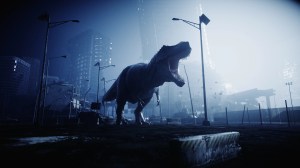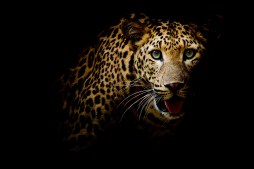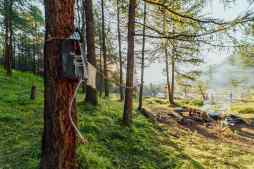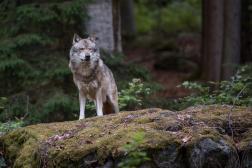The Role of Wildlife in Shaping Plant Diversity and Distribution

Understanding how animal populations affect plant life is crucial for appreciating the interconnectedness of ecosystems. Animals play significant roles in influencing plant diversity, distribution, and health through various interactions such as pollination, seed dispersal, and herbivory. This article explores these relationships and highlights why maintaining balanced wildlife populations is essential for thriving plant communities.
Pollination: Animals as Key Plant Fertilizers
Many plants rely on animals like bees, butterflies, birds, and bats to transfer pollen from one flower to another. This process is vital for the reproduction of flowering plants and contributes to genetic diversity within plant populations. Without adequate pollination by animal species, many plants would fail to produce fruits or seeds effectively, leading to decreased plant diversity.
Seed Dispersal: Spreading the Next Generation
Animals facilitate seed dispersal by transporting seeds away from parent plants either externally (seeds sticking to fur or feathers) or internally (seeds passing through digestive tracts). This movement helps reduce competition among seedlings and allows plants to colonize new areas. Different animals disperse different types of seeds based on their feeding habits and behaviors.
Herbivory: Balancing Plant Growth Through Grazing
Herbivores consume various parts of plants including leaves, stems, flowers, and roots. While this might seem destructive, moderate herbivory can encourage new growth, control dominant species that may otherwise outcompete others, and maintain ecosystem balance. However, overgrazing by large animal populations can negatively impact vegetation cover and soil health.
Animal-Driven Soil Modification Influencing Plants
Some animals contribute indirectly by modifying soil conditions favorable for plant growth. For example, burrowing mammals aerate the soil which improves water infiltration; decomposers recycle nutrients back into the soil enhancing fertility; nutrient-rich droppings from some wildlife enrich the ground where plants grow.
Impacts of Declining Wildlife on Plant Communities
When animal populations decline due to habitat loss or other pressures, key ecological services like pollination and seed dispersal diminish. This disruption leads to reduced plant reproductive success and can alter community composition over time. Protecting diverse animal communities is therefore vital for sustaining healthy plant ecosystems.
In summary, animals are indispensable partners in shaping where plants grow and how diverse those communities become. Through their roles as pollinators, seed dispersers, herbivores,and ecosystem engineers they maintain a dynamic balance critical for ecosystem resilience. Supporting wildlife conservation efforts ultimately benefits both flora and fauna alike.
This text was generated using a large language model, and select text has been reviewed and moderated for purposes such as readability.











